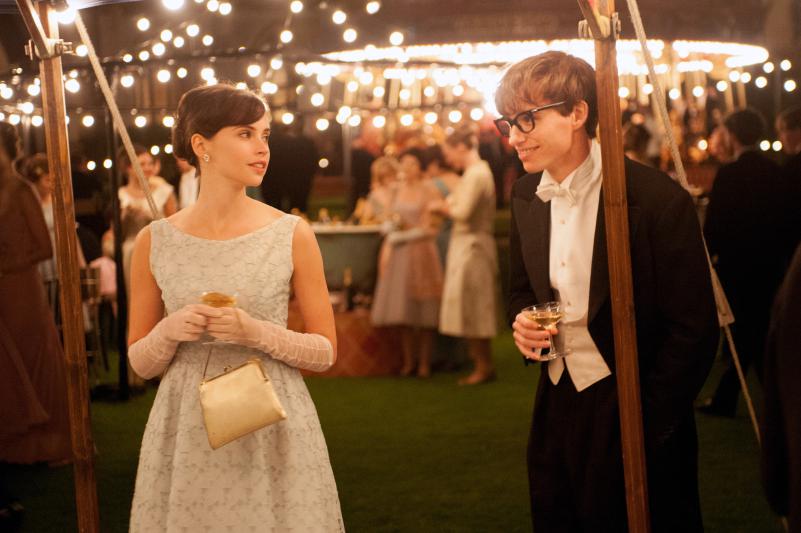I’m rather ashamed to admit this, but the first time I stumbled across a copy of A Brief History of Time — not the book, but a VHS copy of the Errol Morris documentary it inspired — I dismissed it without much thought. To my teenaged self, there was something about the package art (a checkerboard and shattered coffee cup borrowed from a discarded Dali; a generic marble of a red planet) that felt woefully, hopelessly generic.
Of course, I was an idiot then, which I realized almost as soon as I finally got around to watching Morris’ wonderful film about the instantly recognizable astrophysicist Stephen Hawking. It is utterly impossible for a thinking person to drift into Hawking’s orbit without coming away inspired on some level, whether due to his staggering intellect — his work has probed the very beginnings of existence itself — or his refusal to be defined by the motor neuron disease that has robbed him of much of his bodily freedom. He may be most recognizable to many by the sound of his synthesized speech, but it’s what he says, and not how he says it, that stays with us.
This week, the scientist’s life is put under the microscope in The Theory of Everything, which arrives on area screens Friday. Based on a memoir written by Jane Hawking (married for some 30 years, the pair divorced in the 1990s), director James Marsh’s film recounts the youthful days of the then-healthy Hawking. An active college student who was coxswain on the school rowing team, the sometimes brash Hawking (here played by Les Misérables’ Eddie Redmayne) was brought up short by his diagnosis at the age of 21.
But by then he had met Jane Wilde, an arts major at Cambridge. The woman who would become his wife became his support system, encouraging Hawking to push on, finish his studies, start a family, and more. As the years roll by, Hawking’s endurance far outstrips the early estimates of his doctors, and while his body continues its inexorable decline, his mind seems to expand in equal measure — if not more. Together, the pair carry on, until breakthroughs start to seem like the norm.
There is always a temptation, when discussing Hawking, to suggest that his illness has in some measure pushed him to greater heights — to suggest that a Hawking with full mobility might have been too busy with the rest of his life to accomplish as much as he has. Of course, it’s impossible now to say (although the scientist has himself remarked about what a bad student he was before his diagnosis), and in the end it’s a pointless discussion; the sort of thing that bored young men might banter about while browsing through VHS tapes. To me, now, it seems that a mind like Hawking’s would have realized its unique viewpoint one way or another, and that whatever Hawking we were gifted with — scientist, artist, politician, father — would have been a Hawking we’d be lucky to know.
Also this week: Two films known for long, one-take, tracking shots roll into town this week when Amherst Cinema shows both the film noir classic Touch of Evil (shows Sunday and Tuesday) and the much newer art documentary Russian Ark (Wednesday at 7:30 p.m.). In Orson Welles’ legendary 1958 thriller, the director co-stars as the sheriff of a corrupt border town; Charlton Heston is the Mexican narcotics officer who ruffles his feathers. It’s a great film all around, but pay particular note to the three and a half minute opening sequence, a shot that meanders through a town without making a single cut.
Russian Ark pulls off a similar trick — the entire 99-minute movie is one shot. What sounds like a gimmick instead becomes a meditation, as viewers experience Russia’s Hermitage Museum as it is meant to be experienced: as an ongoing story, populated by the colorful characters of Russia’s history. The film will be introduced by Polina Barskova, associate professor of Russian literature at Hampshire College, and followed by a 20-minute discussion period.•
Jack Brown can be reached at cinemadope@gmail.com.



